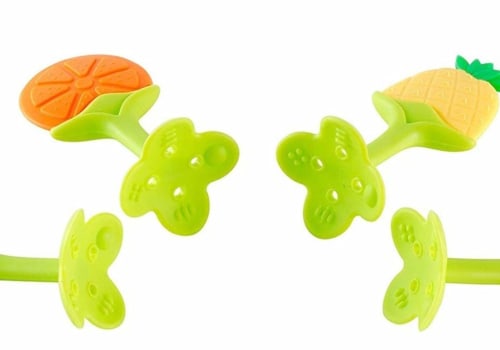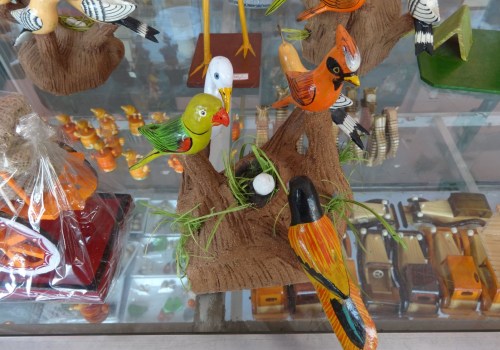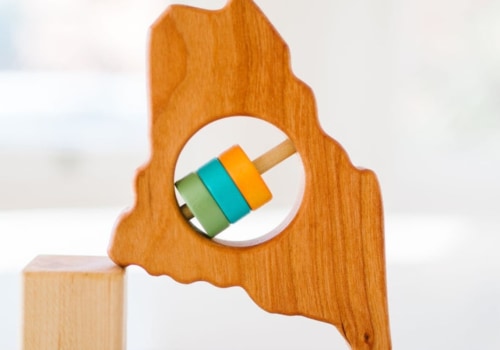We found that this did not damage any of our wood finishes. Now is the time to apply your disinfectant to wooden furniture. You can use a few drops of antibacterial dishwashing soap and warm water or a solution of vinegar. For this example, we will use the vinegar solution.
Take a quarter cup of vinegar, mix it with a cup of warm water and pour it into a spray bottle. Then take the spray bottle and gently shake the solution. Fill a spray bottle with 3.5 cups of ethanol, 1.5 cups of water and about five drops of dish soap if the wood is dirty. Dish soap works as an additional cleaning element.
To thoroughly clean the toughest dirt and dirt from your wooden furniture or cabinets, try adding a touch of detergent to your microfiber towel. The ideal is to use a detergent designed to clean wood. A simple solution of half a cup of distilled white vinegar, half a cup of warm water, and a teaspoon of mild dish detergent like Dawn will also do. Be sure to test the mixture first on a hidden area of the wood to make sure it doesn't damage the finish.
Again, control the amount of water in the wood and quickly clean the damp areas with a dry microfiber towel. A solution of warm water, vinegar and about five drops of dish soap can clean and disinfect furniture if it is dirty. Remove dust and protect it with a soft cloth and polish. Prevent polish build-up by applying furniture polish sparingly to a soft cloth and gently wiping wood surfaces.
Fill a spray bottle with 2 cups of water, 1 cup of white vinegar and about five drops of dish soap. Spray the solution on wooden furniture. Then wipe the solution with a damp cleaning cloth. Wipe furniture with a dry cleaning cloth to remove any excess moisture.
They clean anything and everything I've tried to clean. I clean these wipes to clean wood, furniture, tiles, porcelain, mirrors, windows, plastic and almost everything in my house with it. I especially love them for cleaning my kitchen and bathroom. Antibacterial wipes can damage wooden surfaces - there are no two ways to say it.
This is because porous wood can absorb liquid from wipes and damage it. You can use a product that Lysol manufactures 'All-Purpose Cleaner' to clean and disinfect wood and wooden floors. If it is real wood and not laminated, Lysol (which is usually diluted with water to clean surfaces) could penetrate the wood and damage it. To disinfect a cutting board, whether plastic or wood, use a dilute bleach solution (1 tablespoon per gallon of cold water).
Be sure to rinse it thoroughly with warm water. Apply a disinfectant Take a quarter cup of vinegar, mix it with a cup of warm water and pour it into a spray bottle. Spray the solution on your wooden furniture and wipe it with a microfiber cloth. Wood floors, wood furniture and other word surfaces: Due to its acidic nature, vinegar can damage hardwood floor finishes and make them look dirty.
Use a cleaner made specifically for hardwood floors or a mixture of soap and water. Therefore, vinegar should never be used to clean the stone. Do not use them on unpainted wood. Because unpainted wood is porous, it will absorb anything you apply to it, including Clorox.
That could damage the finish, but more importantly, it means you're not getting the disinfecting power you have. How to Sanitize Wooden Bathroom Cabinets Remove everything from cabinets. Run a damp paper towel over the shelves to collect dust and debris, and discard it. Fill a spray bottle with a commercial disinfectant or distilled white vinegar.
Rinse surfaces with a damp cloth. Put items back on shelves. Hydrogen Peroxide Dampen a clean cloth with hydrogen peroxide. Press the cloth onto the stain firmly so that the hydrogen peroxide is absorbed into the wood.
Leave the cloth on the stain overnight. In the morning, remove the cloth and wipe the wood with a clean, damp cloth. Mix equal parts of the bleach solution and hydrogen peroxide in a plastic or glass container and apply it to the wood to be bleached with a cheap brush or with a dip. For these items, I applied the mixed solution four times.
For any hardwood floor, hydrogen peroxide can be a very effective cleaning agent, but it is important to be careful when applying it. You may first want to test the floor you want to clean to make sure that it is not bleached. If you have 96% ethanol (white, medical) available to disinfect surfaces, you need to convert it to 70% alcohol. Learn how to clean wooden furniture and disinfect wooden furniture with Pine-Sol multi-surface disinfectant.
After you have effectively cleaned the wooden furniture with the vinegar solution, take another microfiber cloth dampened in warm water and wipe it over the wooden furniture. Also don't use vinyl or tile floor cleaners, as these products will damage, rather than clean, hardwood floors. It can cause the finish to deteriorate, making the wood below more susceptible to damage and staining. You can also make your own cost-effective DIY floor cleaner at home with nothing but hydrogen peroxide, which removes stains and dries porous wooden surfaces simultaneously.
If you don't, you'll notice that the surface of your wooden furniture will become lighter with each use. Pour the ingredients into a small bowl and apply them to your wooden furniture with a soft cloth or microfiber cloth. Isopropyl alcohol is able to dissolve finishes such as shellac and varnish and permanently damage wood. If you have stains on your wooden furniture, here are some ways to remove them without damaging the finish.
We hope that this post has provided you with all the information you were looking for to effectively disinfect wooden furniture without damaging it. To do this, simply apply the wax or polish to a microfiber cloth or thin tile and rub it on the surface of the wood. Hydrogen peroxide is an effective cleaning solution that is safe for humans and pets and does not damage hardwood floors when used properly. .
.



